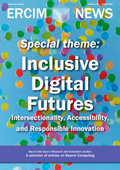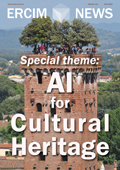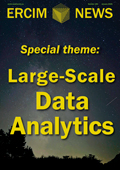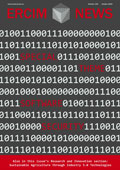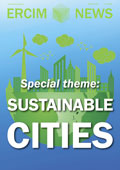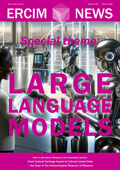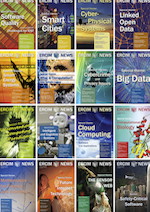by Claudia Roessing, Sam Samtosh and Markus Helfert (Innovation Value Institute, Maynooth University)
VISION, a project that offers a support tool for policymakers and other stakeholders to help analyse the adoption of sustainable practices. The tool demonstrates a practical application of the advantages of implementing circular economy principles, not only in terms of environmental protection, but also in maximising the efficient use of material resources in the construction sector.
The construction sector is among the largest consumers of raw materials in the world and also among the largest producers of greenhouse gases (GHG). The sector has been growing in Ireland due to the need to increase the country's infrastructure to keep pace with population growth. With this expansion of the sector, the use of raw materials has increased, putting pressure on unmined aggregates such as sand, gravel, and crushed stone, which are the main materials used in construction. Another negative impact caused by this sector is the total volume of construction and demolition waste, most of which is disposed of in landfills, which has negative impacts on the environment and increases carbon emissions [1].
VISION, a project carried on by the Innovation Value Institute at Maynooth University, is funded by the Environmental Protection Agency (EPA). The project aims to address a knowledge gap by identifying opportunities to reduce the usage of virgin materials in Ireland’s growing construction sector.
The project developed a simulation model using a system dynamics approach, to study how the process of recycling and reusing concrete and soil materials could be improved in Ireland's construction sector.
A system dynamics model simulates the behaviour of real systems. Using a model like this offers several benefits, including the ability to understand complex interactions among multiple factors within a system, predict the potential impacts of policies, and explore different scenarios and their potential outcomes [2].
The VISION tool considers the flow of materials throughout their life cycle, including their construction (concrete demand) and their deconstruction and waste, recycling/reuse and landfill. By modelling material flows, the tool can predict the quantification of key environmental and material efficiency indicators, including:
- CO₂ emissions related to cement manufacturing, transport and waste management.
- Usage of virgin aggregate compared to recycled concrete aggregate (RCA)
- Soil reuse and soil extraction
- Sand and gravel that have been saved using circular interventions.
The tool uses data specific to Ireland, such as house building demand, the volume of concrete needed to build a house, demolition rates, CO2 emissions of cement, and more. The model is important because it shows the interconnections between material flows, recycling frequency and environmental effects over a period of time. The model has the following options:
- Monitoring stocks (materials used in construction, such as recycled aggregate and reused soil);
- Changing flows (e.g., construction demand, recycling rate, landfill residue);
- Analyses of CO2 emissions (cement production, transport, waste treatment);
- Comparison of different policies and different scenarios, including RCA levels and recycling levels.
The option of manipulating the values of variables that are defined by the policies, such as the maximum RCA allowed, concrete and soil recycling rates, allows the tool to simulate different scenarios, showing the effects of adopting circular practices in the sector.
To capture the entire lifecycle of concrete and soil in Ireland's construction sector, the model has three sub-models:
- Construction - shows the demand for concrete for house building and the stock of building materials.
- Deconstruction and recycling - shows deconstruction work, C&D, recycling of concrete and reuse of soil.
- CO2 emissions - monitors CO2 emissions in the cement manufacturing process, aggregate, transport and the waste process.
The three sub-models are interconnected through variables such as the use of recycled concrete, which contributes to reducing landfill waste and lowering the demand for virgin aggregate, thus reducing CO2 emissions associated with extraction and transport.
The main objective of the tool is to provide decision-makers with a tool to analyse concrete recycling and soil reuse and their impact on used material (less virgin material), waste management (less landfill disposal) and environmental performance (reduced CO2 emissions).
It incorporates data on housing demand, demolition rates, and CO2 emission factors to simulate how different levels of recycling, reuse, and policy choices affect both material use and environmental impacts over time. While Vensim offers robust modelling capabilities, it can be technically demanding for non-specialist users. To address this, the model was replicated in Python using Streamlit and deployed on a server, making it accessible through a simple web interface. This allows stakeholders such as policymakers, industry practitioners, and researchers to test alternative scenarios without prior knowledge of simulation software. By adjusting parameters, such as recycling rates, soil reuse levels, or RCA limits, users can instantly view results through interactive graphs and side-by-side scenario comparisons, providing practical insights into the benefits of adopting circular construction strategies in Ireland (Figure 1).
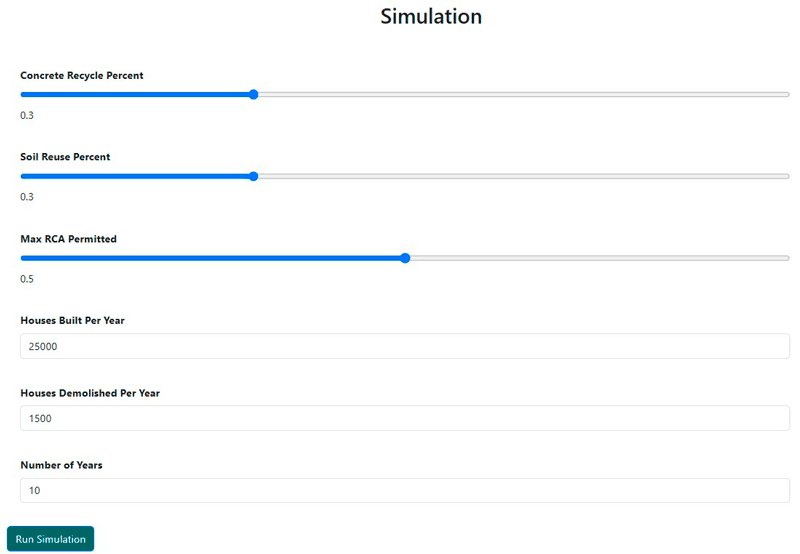
Figure 1: User interface of VISION simulation tool.
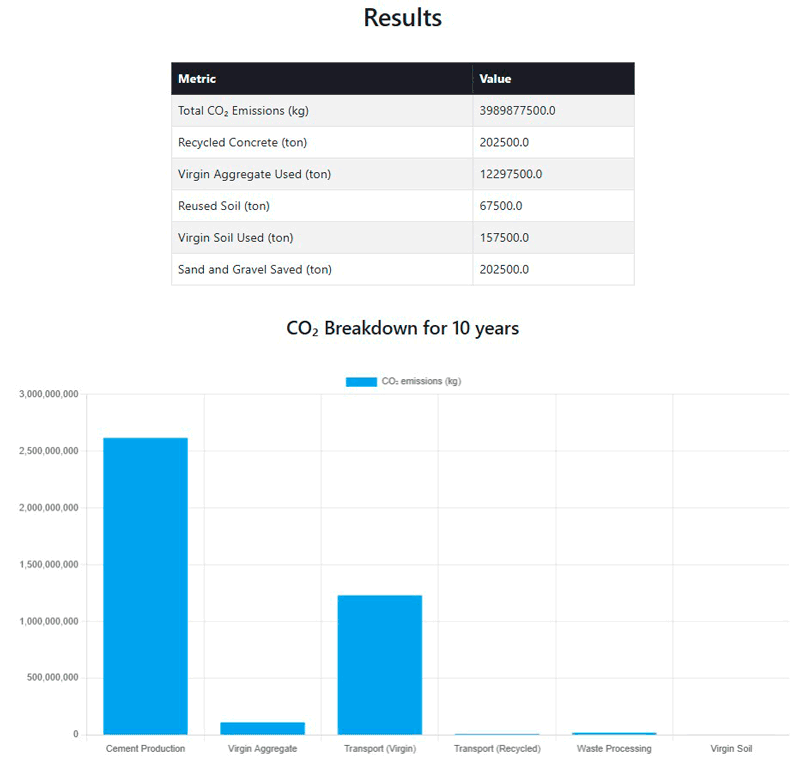
Figure 2: Simulation results of the tool.
The simulation results shown in Figure 2 are listed below:
- Cement production is the largest source of CO₂ emissions, with most scenarios showing between 60 and 80 per cent of all emissions
- When the recycling rate is increased by half (30 per cent of concrete currently used to 60 per cent) and the percentage of RCA is increased to 50 per cent, the demand for virgin aggregate and the use of landfill sites decrease considerably.
- The reuse of soil using circular practices reduces the extraction of virgin soil and also reduces its transport.
The VISION tool demonstrates how system dynamics modelling can support circular construction in Ireland by linking material flows, recycling practices, and environmental impacts. Quantifying CO₂ emissions, virgin material use, and landfill reductions, provides evidence-based insights to guide policy and industry decisions. The tool highlights the potential of circular interventions to reduce environmental pressures while optimising resource efficiency. Its interactive design lets stakeholders look at multiple situations, which helps them make better decisions. Continuous use and feedback will further help refine this model to achieve the goal of supporting sustainable practices in Ireland’s construction sector.
References:
[1] R. Kazmi and M. Chakraborty, “Identification of parameters and indicators for implementing circularity in the construction industry”. J. Eng. Appl. Sci. 70, 77, 2023. https://doi.org/10.1186/s44147-023-00251-3
[2] E. Malbon and J. Parkhurst, “System dynamics modelling and the use of evidence to inform policymaking”, Policy Studies, 44:4, 454-472, 2023. https://doi.org/10.1080/01442872.2022.2080814
Please contact:
Claudia Roessing
Innovation Value Institute, MU, Ireland

